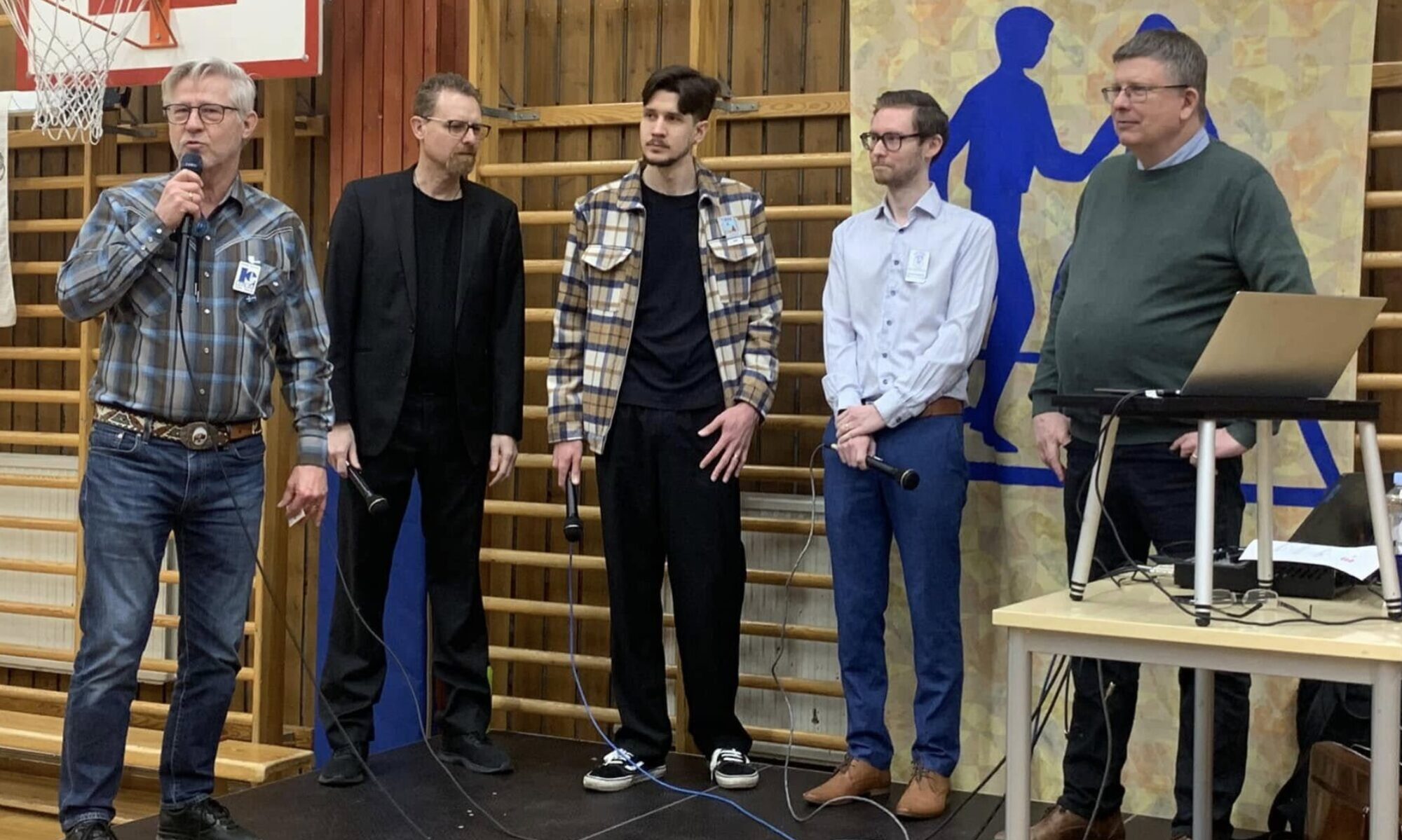1. Styles and habits in intermarriage
In 1967, whenever miscegenation rules had been overturned in the usa, 3% of most newlyweds had been hitched to somebody of a race that is different ethnicity. Since that time, intermarriage prices have actually steadily climbed. By 1980, the share of intermarried newlyweds had about doubled to 7%. And by 2015 the true quantity had increased to 17per cent. 4
All told, a lot more than 670,000 newlyweds in 2015 had recently entered into a wedding with some body of a race that is different ethnicity. In contrast, in 1980, the very first 12 months for which step-by-step information can be found, about 230,000 newlyweds had done so.
The long-lasting growth that is annual newlyweds marrying some body of yet another competition or ethnicity has generated dramatic increases into the general amount of people who will be presently intermarried – including both people who recently hitched and people who did so years, and sometimes even years, earlier in the day. In 2015, that quantity stood at 11 million – 10% of all of the married people. The share has tripled since 1980, whenever 3% of married people – about 3 million altogether – had a partner of a race that is different ethnicity.
Intermarriage differs by competition and ethnicity
Overall increases in intermarriage have now been fueled in component by increasing intermarriage prices among black colored newlyweds and among white newlyweds. The share of recently hitched blacks by having a partner of a different battle or ethnicity has a lot more than tripled, from 5% in 1980 to 18percent in 2015. Among recently hitched whites, prices have significantly more than doubled, from 4% as much as 11per cent.
During the exact same time, intermarriage has ticked down among recently hitched Asians and stayed more or less stable among Hispanic newlyweds. Despite the fact that intermarriage will not be increasing of these two teams, they stay a lot more likely than black colored or white newlyweds to marry some body of the various competition or ethnicity. Fortsätt läsa ”Intermarriage into the U.S. 50 Years After Loving v. Virginia”
